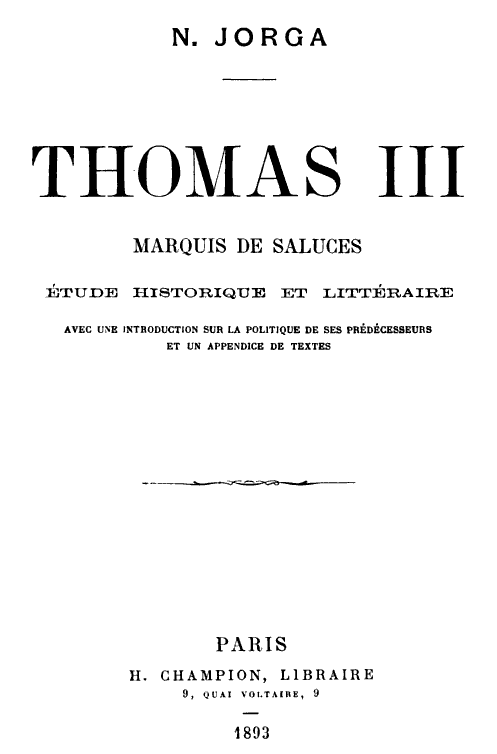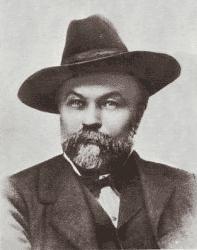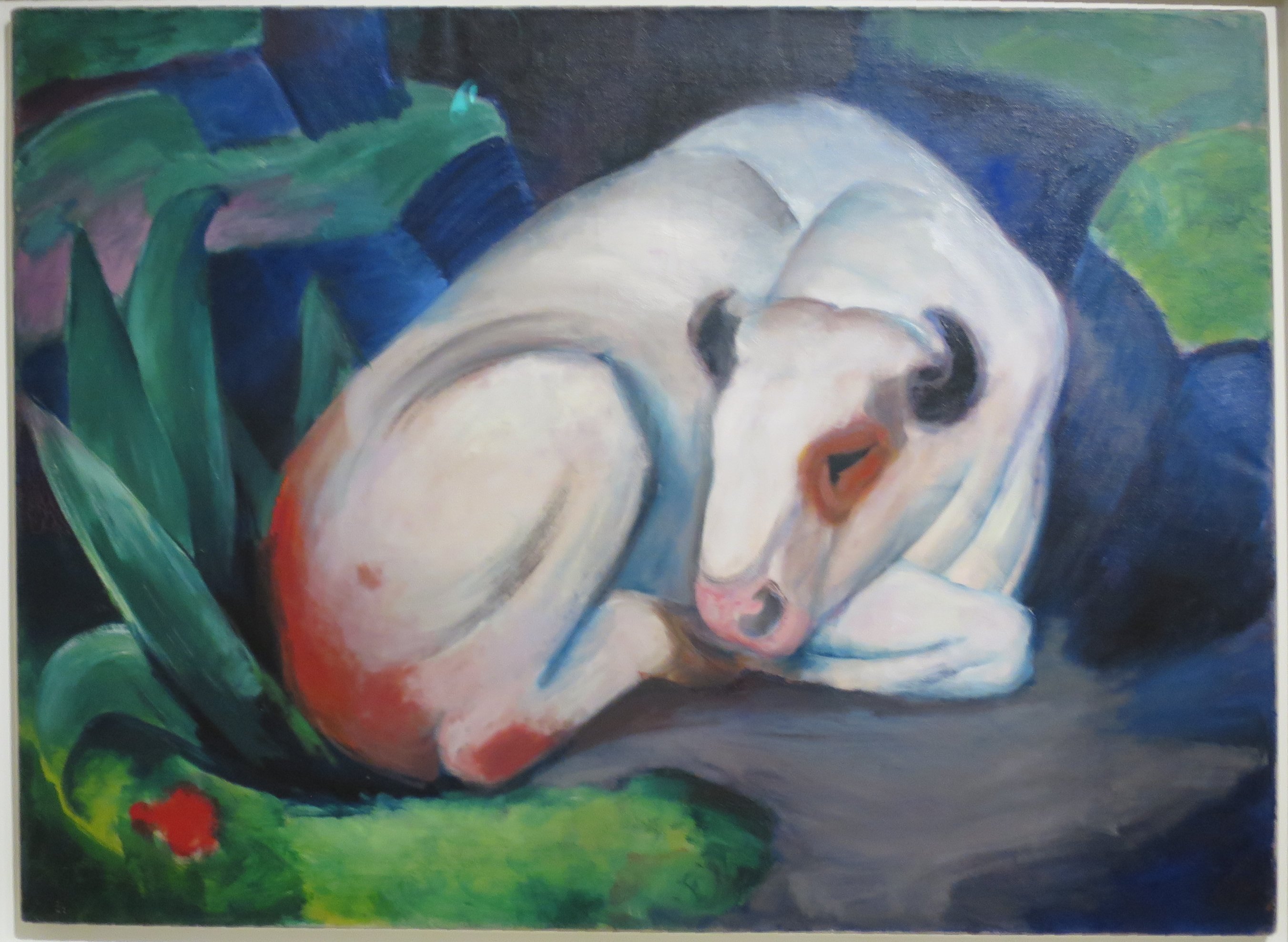|
National College (Iași)
__NOTOC__ The National College () is one of the oldest and most prestigious high schools in Romania, located in Iași, at 4 Arcu Street. History The school traces its origins to two earlier institutions, the Vasilian College and Academia Mihăileană. In 1860, when the latter's higher education role was taken over by the new University of Iași, it continued as the National College, a high school with seven grades. In 1864, it was renamed the National High School; reflecting its early commitment to the Romanian language, it was the country's first school to feature the term “national” in its name. The new and current building, designed by Nicolae Gabrielescu, dates to 1890–1894. The student magazine ''Spre lumină'' first appeared in 1903. In 1916–1918, during World War I, the building was used as a Red Cross hospital. [...More Info...] [...Related Items...] OR: [Wikipedia] [Google] [Baidu] |
George Bogdan
George Bogdan (1859–1930) was a Romanian physician and university professor. Bogdan attended the National College (Iași), National College in Iași, graduating in 1876. He studied medicine in France, and earned a doctorate in psychiatry there. After returning home, he began work as a doctor at Sfântul Spiridon Hospital and as a teacher at the National College, where he offered a course on hygiene. In 1891, he became a part-time professor at the forensic medicine department of the Alexandru Ioan Cuza University, University of Iași. The same year, he was named dean of the medical faculty and a member of the university senate. As such, he argued for an increase in the number of departments at the faculty, for an improvement in its laboratories, for the establishment of a library, for scholarships for needy students, and for the creation of a student cafeteria. He became a full professor in 1895, and taught both advanced medical students and law students. He introduced the notion ... [...More Info...] [...Related Items...] OR: [Wikipedia] [Google] [Baidu] |
Nicolae Labiș
Nicolae Labiș () (December 2, 1935 in Poiana Mărului, Suceava County, Romania – December 22, 1956 in Bucharest) was a Romanian poet. Early life His father, Eugen, was the son of a forest brigade soldier and himself fought in World War II; he became a schoolteacher in 1931. His mother Ana-Profira, the daughter of a peasant killed in the Battle of Mărășești, was also a schoolteacher. He had two sisters, Margareta and Dorina. He grew up surrounded by mountains and forests. Labiș learned to read around age five from his mother's pupils. He also liked to draw as a child. He entered primary school in his native village (in his mother's class), then as a war refugee took third grade in Văcarea, Argeș, receiving top marks. Classmates of his later recalled that he would write poems and little plays and liked to declaim in public in this period. The family moved back to a village neighbouring his native one in May 1945. From 1946 to 1951, Labiș attended the Nicu Gane High S ... [...More Info...] [...Related Items...] OR: [Wikipedia] [Google] [Baidu] |
Nicolae Iorga
Nicolae Iorga (17 January 1871 – 27 November 1940) was a historian, politician, literary critic, memoirist, Albanologist, poet and playwright. Co-founder (in 1910) of the Democratic Nationalist Party (PND), he served as a member of Parliament, President of the Deputies' Assembly and Senate, cabinet minister and briefly (1931–32) as Prime Minister. A child prodigy, polymath and polyglot, Iorga produced an unusually large body of scholarly works, establishing his international reputation as a medievalist, Byzantinist, Latinist, Slavist, art historian and philosopher of history. Holding teaching positions at the University of Bucharest, the University of Paris and several other academic institutions, Iorga was founder of the International Congress of Byzantine Studies and the Institute of South-East European Studies (ISSEE). His activity also included the transformation of Vălenii de Munte town into a cultural and academic center. In parallel with his academic contributi ... [...More Info...] [...Related Items...] OR: [Wikipedia] [Google] [Baidu] |
Victor Iamandi
Victor Iamandi (February 15, 1891 – 26 November 1940) was a Romanian politician who served as the Romanian Minister of Justice in 1938–1939, in several successive cabinets. He was born in Hodora, Iași County, the son of Ion and Lucreția Iamandi. He studied law at the University of Iași, graduating in 1914. From 1916 to 1922 he was a history teacher at the National High School in Iași. After he joined the National Liberal Party, he became a deputy in the lower house of the Parliament of Romania. Iamandi was assassinated at Jilava Prison, near Bucharest, by members of the Iron Guard The Iron Guard () was a Romanian militant revolutionary nationalism, revolutionary Clerical fascism, religious fascist Political movement, movement and political party founded in 1927 by Corneliu Zelea Codreanu as the Legion of the Archangel M ... during the Jilava Massacre, due to the measures he took against the Guard during his ministerial service. A gymnasium in Munteni bears hi ... [...More Info...] [...Related Items...] OR: [Wikipedia] [Google] [Baidu] |
Calistrat Hogaș
Calistrat Hogaș (born Calistrat Dumitriu; April 19, 1848 – August 28, 1917) was a Moldavian, later Romanian prose writer. The son of a Tecuci priest, he studied at the Alexandru Ioan Cuza University, University of Iași before beginning an over four-decade career as a high school teacher, often at Piatra Neamț. Meanwhile, he made several false starts as a writer before finding a suitable genre, namely stories drawn from his mountain rambles that appeared starting in 1907. He did not manage to collect his works during his lifetime, but these appeared to great success in 1921. Biography Origins and literary career Born in Tecuci, his parents were Gheorghe Dumitriu, a Romanian Orthodox archpriest, and his wife Mărioara (''née'' Stanciu), the daughter of a ''Serdar (Ottoman rank), serdar'' from Pechea, Galați County. He was the first or second of eight children, and various birthdates between 1847 and 1852 have been suggested, but April 19, 1848 appears likeliest. His adopted ... [...More Info...] [...Related Items...] OR: [Wikipedia] [Google] [Baidu] |
Benjamin Fondane
Benjamin Fondane () or Benjamin Fundoianu (; born Benjamin Wechsler, Wexler or Vecsler, first name also Beniamin or Barbu, usually abridged to B.; November 14, 1898 – October 2, 1944) was a Romanian and French poet, critic and existentialist philosopher, also noted for his work in film and theater. Known from his Romanian youth as a Symbolist poet and columnist, he alternated Neo-romanticism, neoromantic and Expressionism, expressionist themes with echoes from Tudor Arghezi, and dedicated several poetic cycles to the rural life of his native Moldavia. Fondane, who was of History of the Jews in Romania, Jewish Romanian extraction and a nephew of Jewish intellectuals Elias Schwartzfeld, Elias and Moses Schwartzfeld, participated in both minority Jewish culture, secular Jewish culture and mainstream Culture of Romania, Romanian culture. During and after World War I, he was active as a cultural critic, avant-garde promoter and, with his brother-in-law Armand Pascal, manager of the th ... [...More Info...] [...Related Items...] OR: [Wikipedia] [Google] [Baidu] |
Univers Enciclopedic
Univers () is a sans-serif typeface family designed by Adrian Frutiger and released by his employer Deberny & Peignot in 1957. Classified as a neo-grotesque sans-serif, one based on the model of nineteenth-century German typefaces such as Akzidenz-Grotesk, it was notable for its availability from the moment of its launch in a comprehensive range of weights and widths. The original marketing for Univers deliberately referenced the periodic table to emphasise its scope. Univers was one of the first typeface families to fulfil the idea that a typeface should form a family of consistent, related designs. Past sans-serif designs such as Gill Sans had much greater differences between weights, while loose families such as American Type Founders' Franklin Gothic family often were advertised under different names for each style, to emphasise that they were not completely matching. By creating a matched range of styles and weights, Univers allowed documents to be created in one consistent t ... [...More Info...] [...Related Items...] OR: [Wikipedia] [Google] [Baidu] |
Eugen Simion
Eugen Simion (25 May 1933 – 18 October 2022) was a Romanian literary critic and historian, editor, essayist and academic. Born in Chiojdeanca, Prahova County, the son of two farmers, Simion completed his secondary education at the Saints Peter and Paul High School in Ploiești. He then studied philology at the University of Bucharest, and made his professional debut as a literary critic in 1960, collaborating with the journals ''Tribuna'' and ''Gazeta literară''. With his first book, ''Proza lui Eminescu'', published in 1964, he was awarded the literary criticism prize of the Uniunii Scriitorilor (the Romanian Writers' Union). The same year he started working in his alma mater, first as an assistant, later as a lecturer, and from 1990 as a professor. He also held courses on Romanian culture and civilisation at the Sorbonne University between 1970 and 1973. Simion's body of work includes numerous monographs, essays, curation of anthologies as well as over 3,000 published ar ... [...More Info...] [...Related Items...] OR: [Wikipedia] [Google] [Baidu] |
Emil Fagure
Emil D. Fagure (born Samuel Honigman; April 7, 1873 – March 16, 1948) was a Romanian prose writer, translator, journalist and theatre and music critic. Life Born into a Jewish family in Iași, his father was a cantor and piano teacher; his brother Albert would become a socialist journalist.Aurel Sasu (ed.), ''Dicționarul biografic al literaturii române'', vol. I, p. 573. Pitești: Editura Paralela 45, 2004. From a young age, he had a solid musical education, and attended the National College. He graduated from the law faculty of the University of Bucharest, beginning a career in journalism as an editor for ''Munca'' and then ''Lumea nouă''. He subsequently edited ''Adevărul'', where, between 1895 and 1921, he reached the positions of editing secretary and later editor-in-chief, and was also chief editor of the supplement ''Adevărul literar și artistic'' from 1920 to 1921. At Paris between 1918 and 1919, contributing to several French periodicals, he formed part of the editi ... [...More Info...] [...Related Items...] OR: [Wikipedia] [Google] [Baidu] |
Ovid Densusianu
Ovid Densusianu (; also known under his pen name Ervin; 29 December 1873, Făgăraș – 9 June 1938, Bucharest) was a Romanian poet, philologist, linguist, folklorist, literary historian and critic, chief of a poetry school, university professor and journalist. He is known for introducing new trends of European modernism into Romanian literature. The son of Aron Densușianu, a university professor at the University of Iași, and Elena (b. Circa), he received a degree from the Faculty of Letters, University of Iași, in 1892. Between 1893 and 1895, he studied in Berlin, Germany, and Paris, France. After he received his diploma from the École pratique des hautes études, Paris, in 1896, he worked his way up at the University of Bucharest, eventually becoming a professor in 1901. In 1918, he became a full member of the Romanian Academy. Densusianu was briefly married to Elena Bacaloglu, who later came to admire fascism and organized the National Italo-Romanian Cultural and Econ ... [...More Info...] [...Related Items...] OR: [Wikipedia] [Google] [Baidu] |
Vasile Conta
Vasile Conta (; ; November 15, 1845 – April 21, 1882) was a Romanian philosopher, poet, and politician. The son of a priest, he was born in Ghindăoani, a village in Bălțătești commune, Neamț County. He attended primary school in Târgu Neamț (where he was a classmate of Ion Creangă), and graduated from the Academia Mihăileană in Iași in 1868. Beneficiary of a fellowship, he went to study in 1871 in Belgium, first in Antwerp, and then at the Free University of Bruxelles, from which he graduated with a law degree in 1872. Upon returning to Romania, he was appointed professor at the University of Iași's Law School. In 1873, he started attending the meetings of the Junimea literary society, where he gave lectures. In 1877, Conta was elected deputy in the Romanian Parliament, and in 1880 he was briefly Minister of Public Instruction and Religious Affairs in the Ion C. Brătianu government. In 1881, he resigned his faculty position at the University of Iași ... [...More Info...] [...Related Items...] OR: [Wikipedia] [Google] [Baidu] |




